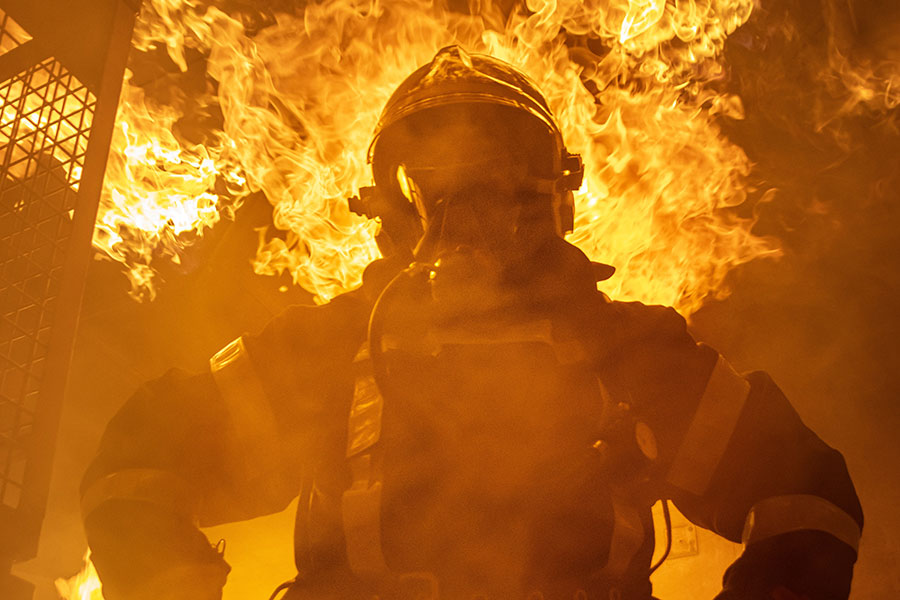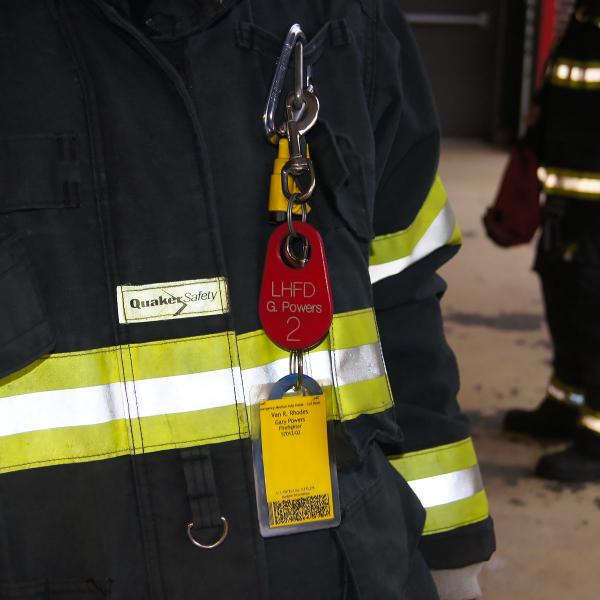As everyone knows, fighting fires is a dangerous and deadly business. The primary goal is to save lives, and secondarily to protect property. The number one responsibility of the on-scene commander is to keep the other firefighters as safe as possible. And the first line of defense in that regard is having a reliable firefighter accountability system in place and correctly deployed.
What Is Firefighter Accountability?
Simply put, firefighter accountability is a system designed to account for all firefighter personnel within the most dangerous area of an incident site. Properly deployed, the use of a firefighter personnel accountability system provides safety for individual firefighters by giving incident command staff a means to track and account for all personnel and their whereabouts within the danger area at any given time.
The evolution of firefighter accountability systems lies on a never-ending, upward-trending knowledge curve built on past successes and tragedies. Because it is so recent, and was so traumatic, the 9/11 attack on the World Trade Center is never very far from American minds. A total of 343 firefighters perished in that event, making it the deadliest disaster for firefighters in U.S. history. And yet there are many others that should not be forgotten and from which we have learned. For example….
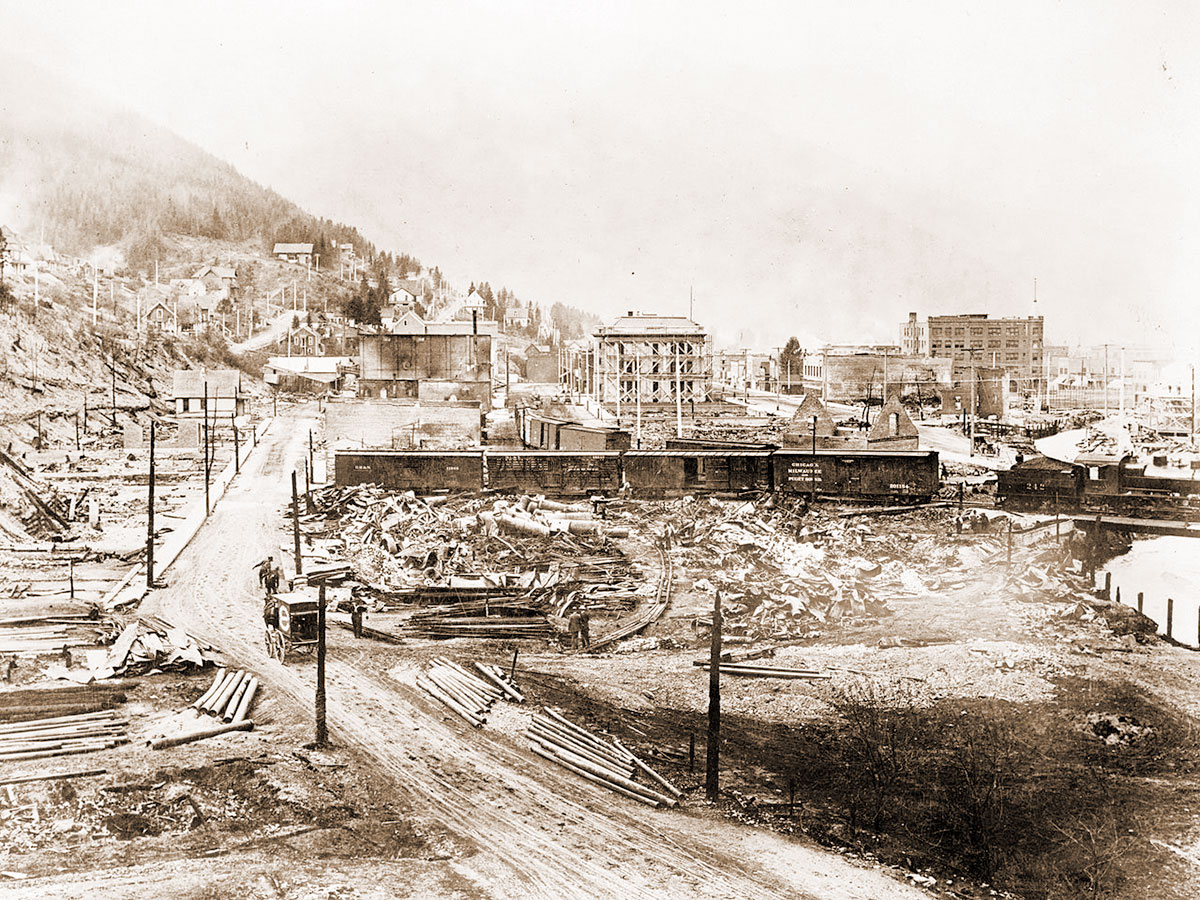
Believed to be the largest forest fire in U.S. history, the Great Fire of 1910 (also called the Big Blowup) was a wildfire in the western United States that burned over two days after strong winds caused numerous smaller fires to combine into a firestorm of unprecedented size. It incinerated more than three million acres of forest (mostly in Idaho and Montana), annihilated entire towns, and resulted in the deaths of 87 people, including 78 firefighters—the largest number of personnel deaths before 9/11.
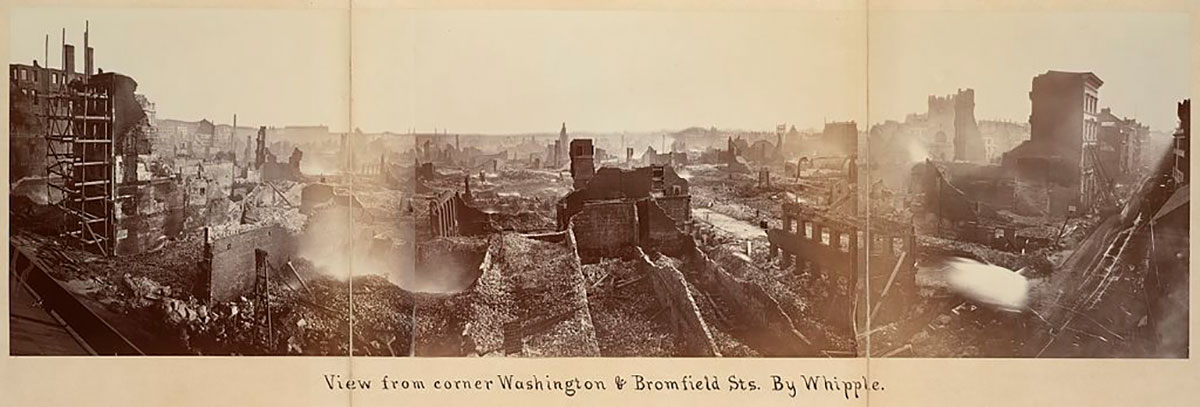
Ranked as one of the costliest fire-related property losses in American history, the Great Boston Fire of 1872 was Boston’s largest fire on record. It consumed about 65 acres and over 700 buildings, mostly within the financial district, and caused $1.5 billion (in today’s dollars) in damage. The inferno killed at least 30 people, including 12 firefighters.
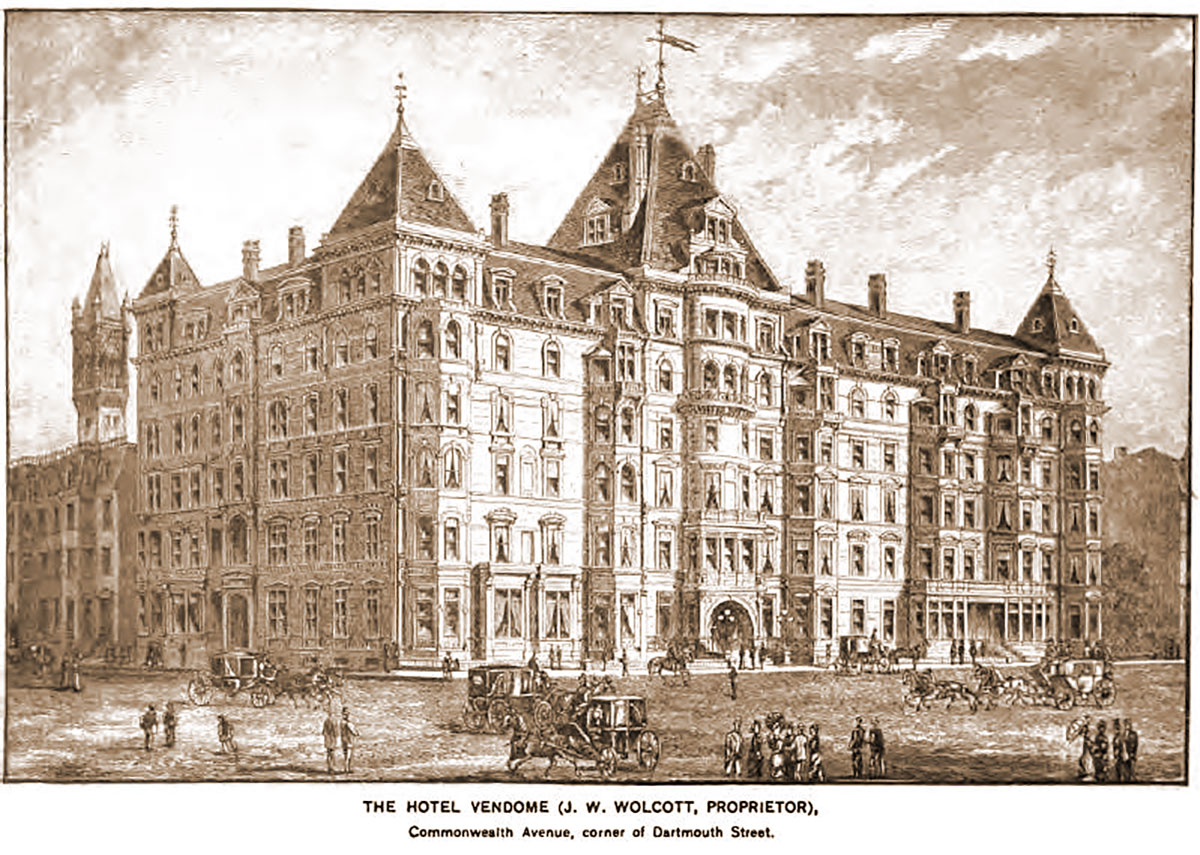
The worst firefighting tragedy in Boston history, the Hotel Vendome fire of 1972 resulted in the death of nine firefighters. This tragedy occurred in the final stages of extinguishing the blaze, when five floors in one section of the building collapsed, burying personnel beneath a giant pile of debris.
All three of the aforementioned fires were quite different in type and scope. One was a massive rural conflagration, one a large urban inferno, and one a structural fire confined to a single building that had been all but extinguished. Yet the one thing they all had in common was the Unexpected Turn of Events, born of the chaos of the moment.
A sense of the type of chaos that seems to accompany most disastrous fires like these can be gleaned from the description of another notable Boston tragedy, the 1942 Cocoanut Grove fire, as recounted by Associated Press staffer Harry Glasheen:
I can still hear the screams of the dying. I can still recall the stories of the living torches running wildly about, trying to get away from the swift-reaching flames and suffocating smoke. I can still see those 30 or more bodies huddled on the floor of a garage, transformed into a morgue, some of them so horribly burned it will be difficult ever to identify them positively.
This chaos was echoed by the description given in the Detroit Free Press:
Five alarms were sounded for the blaze, and all available ambulances, police cars and doctors were summoned. By 11:03 p.m. five alarms had been sounded, as firemen, police, soldiers, sailors and volunteers struggled to dispatch the injured to hospitals.…Dense smoke handicapped service men, police and others in removing the injured.
Firefighter Tags: The Enemy of Chaos
Firefighter tags can be divided into two types of systems:
- Active: old-fashioned “cow-tag” style passport system in which the firefighter checks in and out of an incident location.
- Passive: high-tech GPS-based transponder system that allows the incident commander to pinpoint via computer the exact location of a firefighter inside a structure.
While the passive system described above would seem to be a welcome addition to the arsenal of firefighter health and safety tools, there is no reason why both should not be employed. More importantly, high-tech can give you a false sense of security, in that it is subject to human error and breakdown.
For that reason, a standard two-tag accountability system remains popular and effective among front-line firefighters and incident commanders. With this system, one tag is used to indicate that the firefighter is present on the scene, while the second tag is used, like an “entry permit,” to account for the firefighters that enter the fire site and to declare their expected location there. Once the firefighter exits the site, the commander or incident controller can retrieve the tag.
Tried and true, such firefighter identification and accountability tags as mandated by NFPA 1500: Standard on Fire Department Occupational Safety and Health Program and other standards are the most common and accepted method of firefighter accountability in use today. They are simple, efficient, inexpensive, and customizable. They also come in different colors, allowing commanders to assign different roles to individual firefighters.
Fire-ground scenes without firefighter accountability tags in place can result in chaos and increase chance of injury or death. Yet, when correctly deployed, a solid system of accountability will help the incident commander know how many people are on the scene and allow tracking of what each firefighter is doing and where he or she is doing it.


